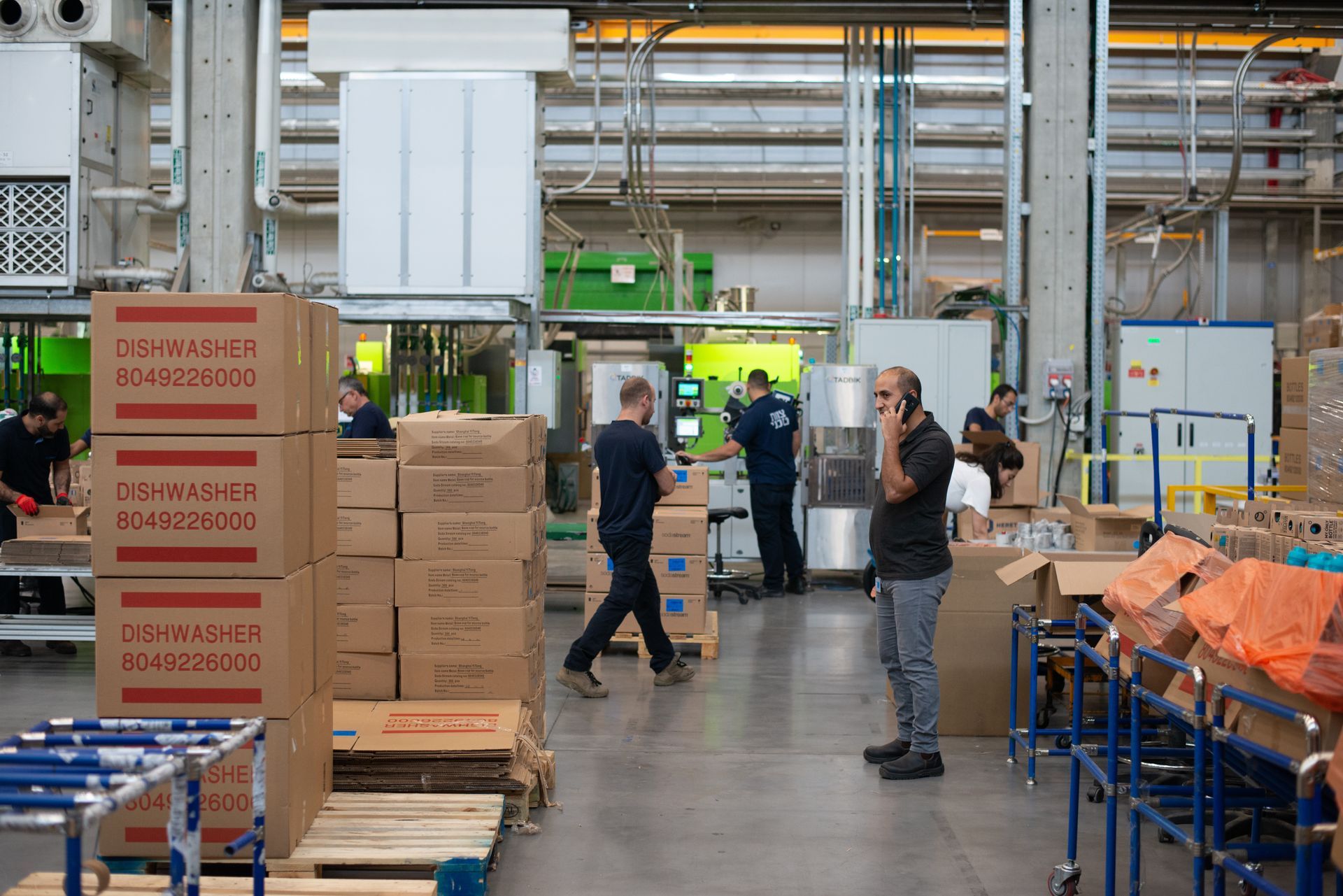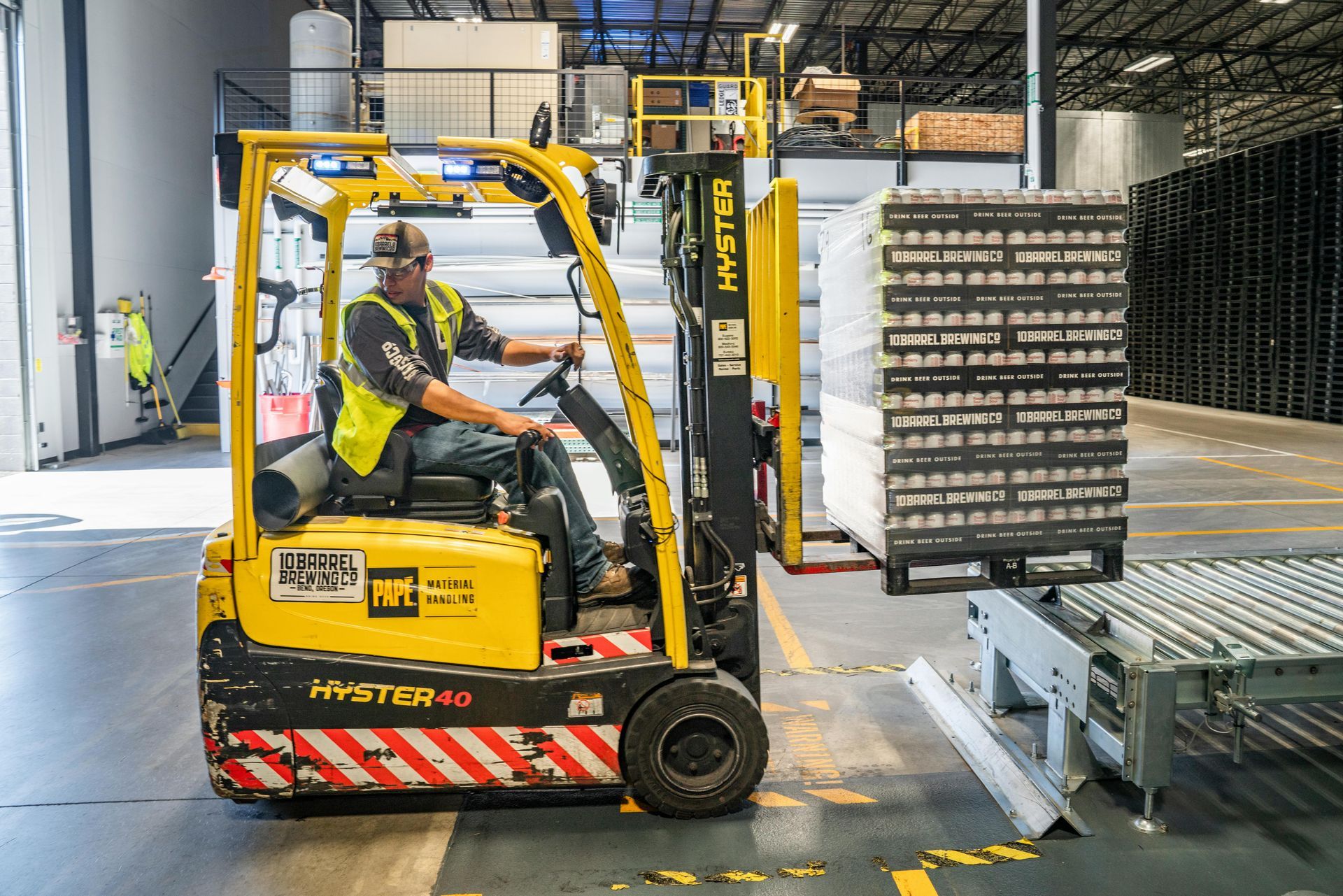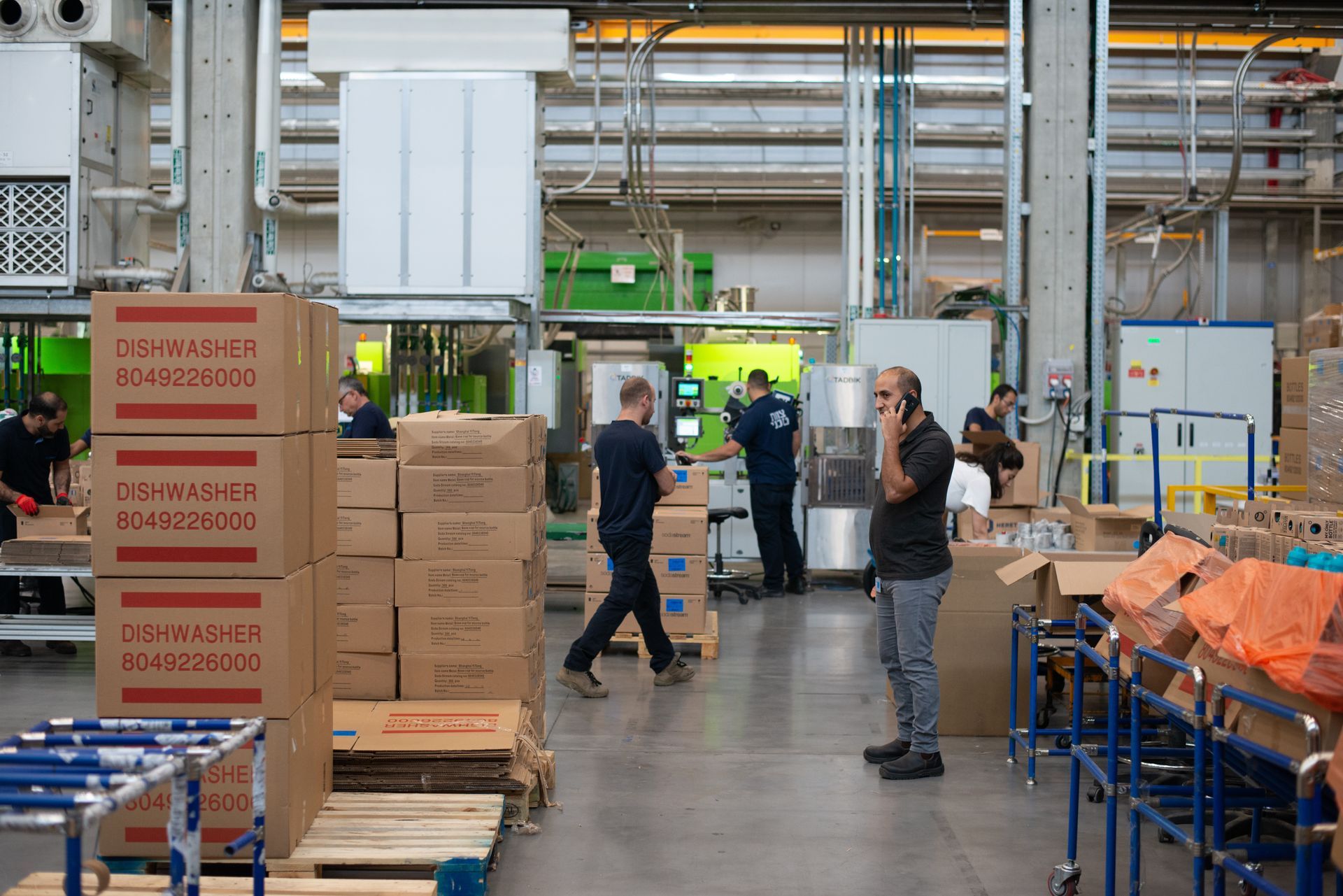How to Boost Your Business with Warehouse Temp Agencies
Warehouse management is a complex and demanding task requiring much time and effort. It involves coordinating various activities such as receiving, storing, and shipping goods. The success of any warehouse operation depends on having a skilled and reliable workforce. However, finding the right employees can be a challenge. Fortunately, warehouse temp agencies can help you find the right workers quickly and efficiently. In this article, we will discuss the benefits of working with warehouse temp agencies.
1. Access to Skilled Workers
One of the main benefits of working with warehouse temp agencies is having access to a pool of skilled workers. Temp agencies have a vast database of workers with different skills and experience levels. They can quickly match your specific needs with the right candidate. This means you can find workers with experience in operating specific equipment or handling certain types of products. This can save you time and money on training new employees.
2. Flexibility
Another advantage of working with warehouse temp agencies is the flexibility they offer. Temp agencies can provide you with workers on short notice. This is particularly useful if you have seasonal fluctuations in demand or need to scale up or down your workforce quickly. Temp agencies also offer flexibility in terms of the length of the contract. Depending on your needs, you can hire workers for a few days, weeks, or months.
3. Cost-Effective
Working with warehouse temp agencies can be cost-effective for your business. Temp agencies handle recruitment, so you don't have to spend time and money advertising and interviewing candidates. Temp agencies also take care of payroll and benefits, saving administrative costs. Additionally, since temp workers are not permanent employees, you don't have to worry about paying for benefits such as healthcare and retirement plans.
4. Reduced Risk of Turnover
Turnover can be a significant problem for warehouses, especially during peak seasons. When you work with warehouse temp agencies, you reduce the turnover risk. The reason is that temp workers are not permanent employees, meaning they are not entitled to the same benefits as permanent employees. This can make it easier to terminate the contract if the worker is not a good fit for your business. Additionally, temp agencies have a pool of workers that they can replace quickly if needed.
5. Improved Productivity
By working with warehouse temp agencies, you can improve the productivity of your warehouse. Temp workers are motivated to work hard because they know their contract is time-limited. This means that they are likely to work efficiently and productively. Additionally, temp agencies can provide you with workers with industry experience. This means that they can start working immediately without needing extensive training.
6. Focus on Core Business Activities
Working with warehouse temp agencies can help you focus on your core business activities. By outsourcing the recruitment and management of temporary workers to a temp agency, you can free up your time and resources to focus on other important aspects of your business, such as marketing, sales, and product development. This can help you grow your business and achieve your long-term goals.
Conclusion
Warehouse temp agencies offer numerous benefits to businesses that need to hire temporary workers. They provide access to skilled workers, flexibility, cost-effectiveness, reduced risk of turnover, and improved productivity, allowing you to focus on core business activities. By working with a reputable temp agency, you can find the right workers quickly and efficiently, which can help you boost your business's success.
Front Line All Temps is a specialized staffing company focused on the auto industry and warehouse sector. We provide three tiers of labor: unskilled or the able bodies that get the small tasks done, semi-skilled or the positions that require more attention base service, and skilled or the positions that require prior skill and experience. So if you need
warehouse industry stuffing, look no further! Get in touch with us today and let us know how we can help!










